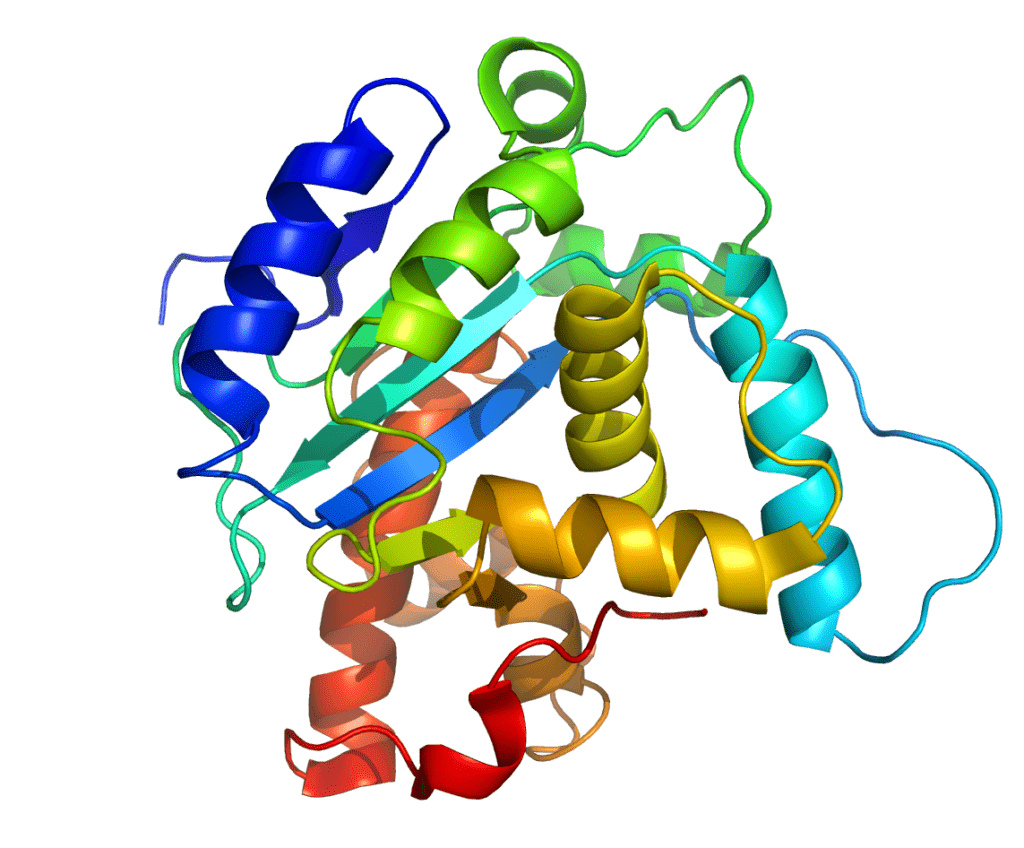In what could be a game-changer for therapies used in many diseases, scientists have created the first completely artificial protein switch. The protein can work inside living cells to modify or command the cell’s internal circuitry.

Researchers at the University of California, San Francisco used computational protein design to create self-assembling proteins that present bioactive peptides only upon the addition of specific molecular “keys.” The work was published in the journal Nature.
The research team installed the switch in yeast and showed that the genetically engineered fungus could be made to degrade a specific cellular protein at a time of the researchers’ choosing. By redesigning the switch, they also demonstrated the same effect in lab-grown human cells.
“In the same way that integrated circuits enabled the explosion of the computer chip industry, these versatile and dynamic biological switches could soon unlock precise control over the behavior of living cells and, ultimately, our health,” said Hana El-Samad, and co-senior author of the report.
The switch created by the researchers was dubbed LOCKR, short for Latching, Orthogonal Cage/Key protein. LOCKR can be ‘programmed’ to modify gene expression, redirect cellular traffic, degrade specific proteins, and control protein binding interactions – using what the paper calls ‘its arm.’
LOCKR has a structure similar to a barrel. When opened, it reveals a molecular arm that can be engineered to control virtually any cellular process. In the paper, the researchers highlight that the switch can be used to build new biological circuits that behave like independent sensors.
“LOCKR opens a whole new realm of possibility for programming cells,” said Andrew Ng of the UC Berkeley-UCSF Graduate Program in Bioengineering. “We are now limited more by our imagination and creativity rather than the proteins that nature has evolved.”
The new switch is not the first designer protein switch ever made, but it’s the first fully artificial one — and it has a lot of applications. Having access to biotechnology tools entirely conceived of and built by humans — as opposed to editing and modifying proteins found in nature — opens a range of exciting possibilities.
LOCKR gives scientists a new way to interact with living cells, which have to control their biochemical processes to avoid death or cancer. The switch could then facilitate a new array of therapies for diverse diseases, ranging from cancer to autoimmune disorders.


